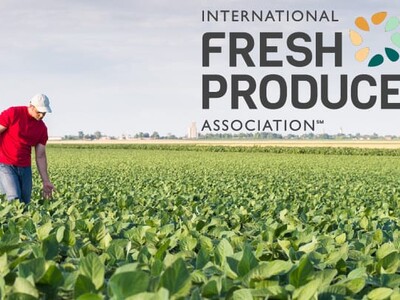Fly control
Fly season is here – these little pests cause significant loss of production and spread disease readily. When we are talking about fly control, there are three big players: the horn fly, the face fly, and the stable fly. All have different life cycles, feeding patterns, and resting habits. For this reason, we must approach fly control with a variety of strategies for optimal control. Let’s look at each modality.Self-applicators | There are several different forms of self-applicator rubs available: back rubbers, face strips that are hung from the back rubber, fly bullets, and insecticide-saturated covers for ground-level mineral feeders. Rubs and dust bags provide regular insecticide application and can be very effective with correct installation and regular maintenance.
Tips:
Hang dust bags at shoulder height (of the cattle you are treating) or lower so the cattle have to lift the bag with their head to pass under it. If they are able to get under the bag without having to lift it, then you will need to lower it.
Keep the dust in the bag dry with a shelter or protective canvas cover, otherwise, it will clump and won’t dispense properly.
Recharge rubs regularly with an oil-based insecticide; to be effective, they must feel wet to the touch.
Avoid reloading the back rubber while still hanging. Instead, take it down, coil it in an empty tub, then pour the insecticide over it and let it soak up overnight.
If you have problems with face flies or pinkeye, an insecticide-saturated cover for a mineral feeder will help immensely. Only fill the reservoir to recharge the lining; do not keep the reservoir full all the time or the insecticide will continuously wick out and drip on the ground.
Feed-through products | Feed additives are often mixed with free-choice mineral or within the ration and contain ingredients that halt the normal development of immature fly stages in the manure, which interrupts the life cycle of the flies and prevents development of future generations.
Keep in mind:
For the oral larvicide to be effective, cattle must consume the labeled amount daily.
Flies don’t stop at the fence line; adult flies can travel several miles to seek out a host. These issues can make it appear that the product is not working when in reality it is just one tool in our fight against flies.
Producer-applied products | This is a broad class of products that are intended to be applied directly to the animal by the producer, and typically the insecticide is formulated to have residual activity. This category includes sprays, pour-ons, and unique insecticide delivery systems.
Remember:
The key to successful fly control with these products is applying a high enough level of insecticide and at a frequent interval.
Sprays come ready to use or as a concentrate that must be mixed with a larger volume of water or oil, and they are intended to be misted over the animal to provide complete coverage. They can be applied with a pump-up sprayer or an ATV-mounted tank sprayer and must be reapplied at regular intervals. Oftentimes, cattle are sprayed while they are grazing out at pasture, but you also can gather them into a smaller corral to spray the group.
Pour-ons are concentrated forms of insecticide that are applied along the backline and are then dispersed to cover the entire skin surface. These products are best applied during confinement or in a narrow alleyway or chute.
There are other products with creative routes of administration, such as insecticide delivery systems that project capsules filled with insecticide that burst upon impact with the animal, applying insecticide similar to a pour-on product.
Fly tags | Insecticide-impregnated fly tags are commonly used to help control horn flies and face flies. These tags release insecticide that is distributed over the animal.
Tips:
Apply the tags after horn flies are already active to provide optimal control.
To avoid the development of resistance, rotate annually between fly tags with different classes of insecticide.
Applying fly tags too early, when it's practical to process cattle, will negatively impact how effective the tags control flies later in the season.
Premise fly control | This broad and diverse category includes fly traps, premise sprays, and insecticide baits. These options are intended for control of flies around a premises (barn, stable, residence, etc.).
Keep in mind:
Fly traps come in two styles: sticky traps and odor-attractant traps. The sticky traps catch flies that land on them, and some have patterns that attract flies to their surface. Odor traps attract flies to a container that they are unable to escape.
Don’t place odor traps inside or near barns as they attract flies; instead, place them around the perimeter of pens.
Premise sprays are insecticides with residual activity that are sprayed on surfaces. The flies are killed when they land on these treated surfaces.
Fly baits contain attractants mixed with insecticide that can be set up in bait stations, as a scatter bait, or mixed with water and applied to surfaces.
Environment | The importance of environmental management to minimize fly breeding areas cannot be overstated, especially for confinement operations. Proper cleaning and addressing damp areas will reduce fly breeding sites, disrupt the fly life cycle, and will have a significant impact on fly numbers.
Be sure to:
Encourage water drainage and minimize decaying plant matter with cutting or burning, for cattle in a pasture setting.
At least weekly, remove manure, damp and soiled hay, uneaten grain, and any other source of decaying organic matter in confinement areas. Scatter to dry.

















